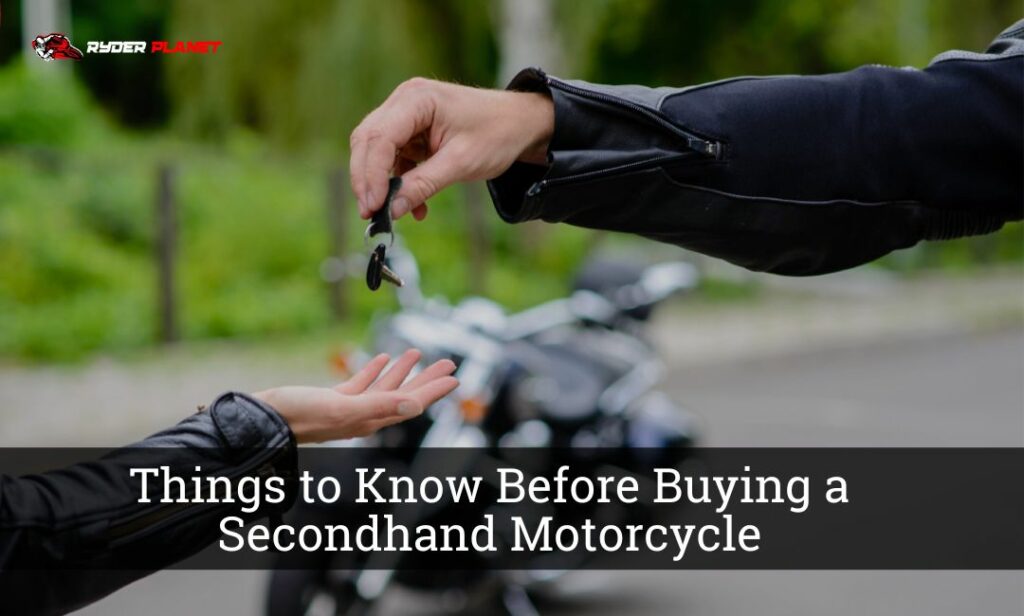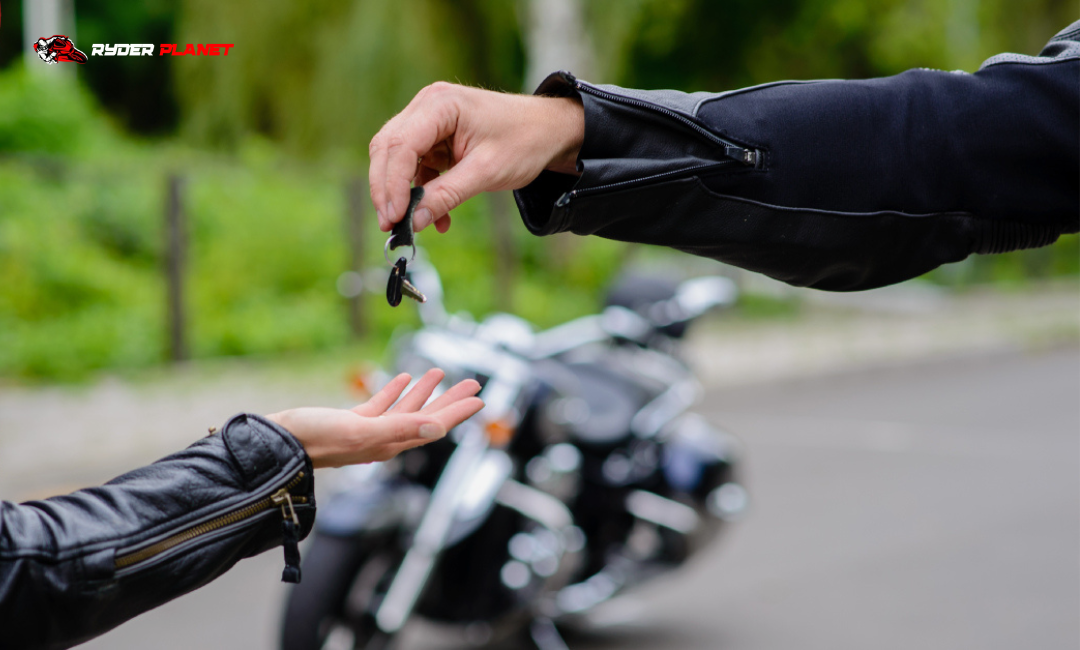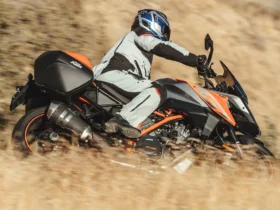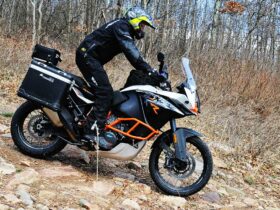The level of affection a motorcyclist has for their bike is the same whether it is a new or used bike. It’s a buying a Second-hand motorcycle unique sensation to own a bike for the first time. Some people may not be able to buy a new bike, but that does not mean they should quit their desire.
Buying a second-hand motorcycle is viable for individuals on a tight budget.

Read Also: Best Motorcycle Panniers Reviews For 2022
Things to Know Before Buying a Second-hand Bike
- Find the Purpose
- Conduct Extensive Research
- Inspect the Bike
- Test Ride
- Check the Chassis Number
- Servicing Record
- Assure Proper Documentation
- Negotiate Price
Find the Purpose
Consider why you’re buying a bike in the first place. It would help if you also considered servicing, bike insurance, gasoline, and other costs in addition to the cost of the bike. Consider if you need a bike that can assist you in commuting fuel-efficiently or a cruiser bike that you can ride on extended road trips.
Conduct Extensive Research
Once you have a general view of what you want to do, you can begin researching the various choices. Different dealers may charge different costs for the bike. The bike’s age will also vary from dealer to dealer. You don’t have to go to a bike dealer if you want to buy a used bike. You may get the identical thing from a friend or a reputable online store.
Inspect the Bike
Cold starting a bike is usually a good idea. It will give you an excellent indication of the bike’s condition. During idle and acceleration, listen for any strange noises. Check the amount of play on all levers. Check the horn, lights, and indicators. Examine the amount of smoke produced by the exhaust system and smell for any unusual scents. Look at how the throttle reacts and whether there are any noticeable vibrations.
Test Ride
A bike may appear impressive, but you must ride it to understand how it feels true. Test riding the bike will give you an overall picture of the bike’s performance. Even a five-minute ride can provide information about a bike’s health if you are familiar with its mechanics. If you’re a beginner, get a reliable technician or an experienced friend to test-ride the bike.
Check the Chassis Number
Take some time to inspect the chassis number of the bike you’re about to buy once you’ve become familiar with it. The engine number and the number on the plates should be the same. This number may be difficult to discover on older motorcycles, but a mechanic may quickly locate it. The registration certificate should also have the same chassis number.
Servicing Record
It would be wonderful if the dealer could provide a service history for the bike. You’ll be able to tell how much maintenance has gone into the bike and how much more has to be done this way. You can request an estimate if there is no written evidence.
Assure Proper Documentation
The following is a list of the documents that must be shown when buying a used bike.
- Certificate of registration
- Insurance for your bike has been transferred to your name.
- Certificate of Pollution Control
- Forms for RTOs: Forms 28, 29, and 30
- Invoice of sale
Negotiate Price
Negotiate the purchase price using the criteria mentioned above. For example, the buying price should be reduced if the bike has a scratch or is not well maintained.
Conclusion
Buying a second-hand motorcycle is an excellent option to save money. Take your time deciding the bike you want because there will always be alternatives. Test drive it, go through all the gears, and listen to all the sounds. Also, double-check all of the papers. Once everything is green, go for it and enjoy the thrill of riding a bike.
Read Also: How to Choose the Right Gear to Beat the Summer Heat
FAQs
You could probably assume any bike with under 10,000 miles on the odometer is low mileage and has lots of life left.
Regardless of your bike, motorcycles can cost more to maintain than cars since they require service and maintenance more frequently.
Mineral oil should be replaced every 2,000 to 3,000 miles, or at least once a year.










Leave a Review